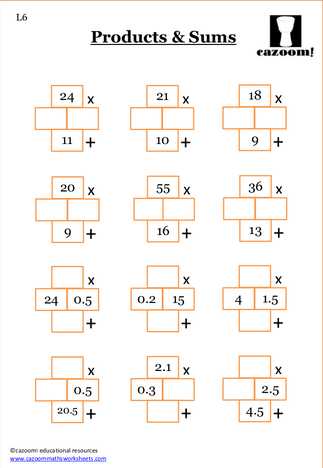
It will be helpful to write a list of each number from 1 to 9 and cross off a number as soon as you use it so you can clearly see which numbers you have left to place. Remember that each number only appears in one place in each grid.It's on A4 paper and also has some fun colour illustrations to accompany the text, with congratulatory text at the end of each section.Īs your child works through the puzzles you might want to discuss methods of helping to solve the sums that you can use - or even better ask your child if they have spotted any patterns or rules that they can use. They will also give a great sense of achievement on completing the puzzles, and you can record your scores on each section at the back of the magazine. The puzzles will test the four different arithmetical skills outlined above. The solutions to all 100 puzzles are at the back so you can check if you get stuck, or of course ensure you got the right answer. Puzzles start nice and gently and get progressively harder across the five difficulty levels.

These are: Easy Peasy, Up and Running, Halfway Mark, Getting Tricky and Final Hurdle. And learning the basic maths skills - such as addition, subtraction, division and multiplication can be intimidating and also a little dull in the standard textbook context.Īnd that's where our maths square magazine comes in handy - the magazine contains 100 puzzles in a range of difficulty levels.

However, the word maths itself can be quite intimidating, and can send shivers down the necks of parents and pupils alike. Whether it is being able to add up the few items in your shopping basket in your head to see if your five pound note will cover them, or being able to understand and interpret basic statistics given in newspaper articles, being numerically literate is a must. Even in these days of calculators, a good feel and command of basic mental arithmetic is such as important life skill. Maths is an absolutely essential school subject.


 0 kommentar(er)
0 kommentar(er)
